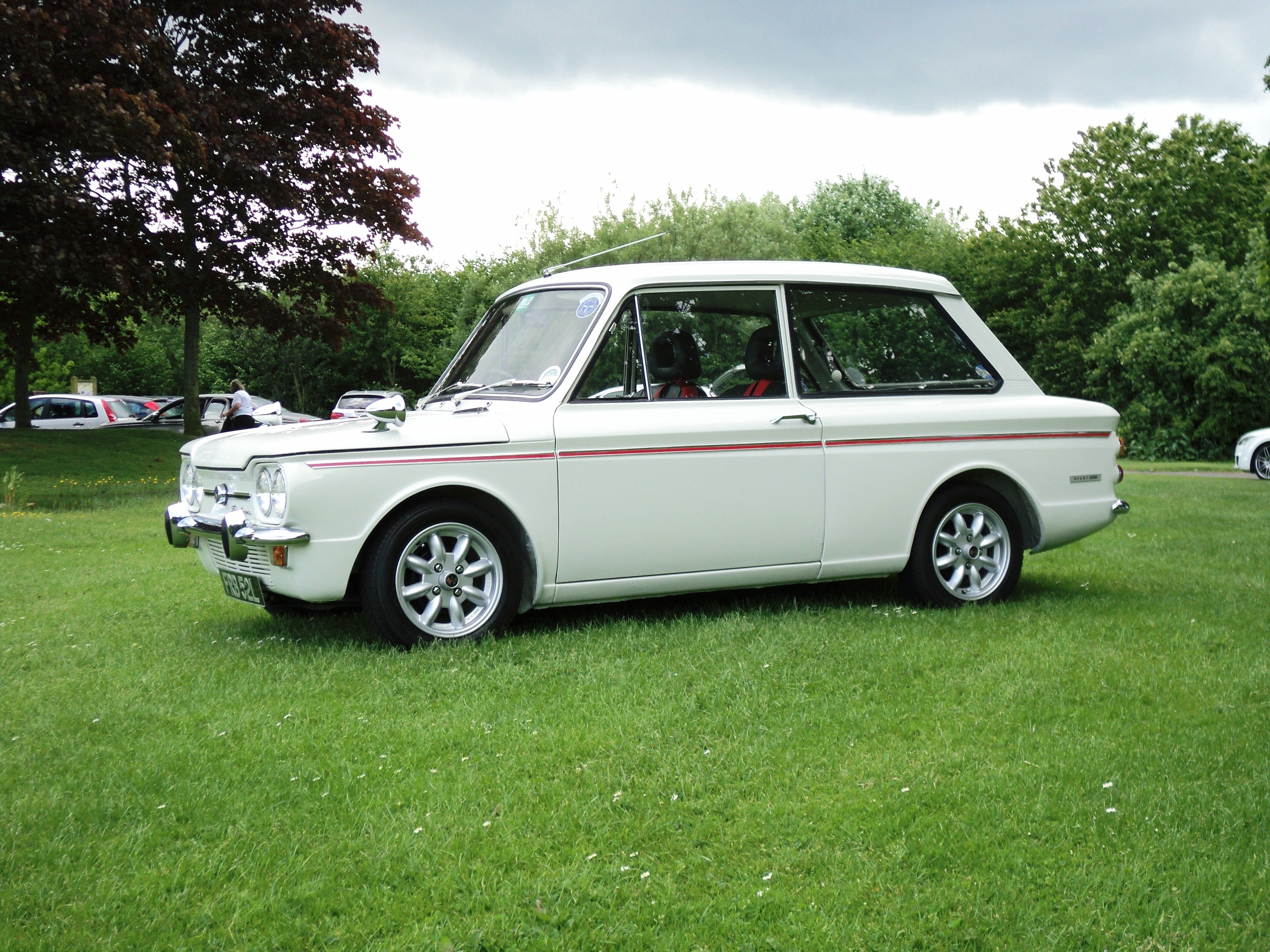

In fact all major parts are aluminium, and this has resulted in a very light engine. This resulted in an abundant use of aluminium alloys on the engine. The engineers working on the Imp project in the early days needed, if the Imp was to be a rear-engined car, a very light engine. While being adapted for mass production use, the engine lost little of its original Coventry Climax character - the only thing it seems to have lost which is of any consequence is the extra capacity which the Climax unit had over the Chrysler. By working on and developing an already proven design, the Rootes engineers (now Chrysler) were able to produce a tough, reliable engine. was somewhat larger than the Chrysler version. all aluminium, Coventry Climax engine which at 1220 cc. The 875 cc Chrysler engine is, to a degree, a development of the single ohc. Imps have beautifully engineered, highly stressed engines. Overhead valves are driven by a three-bearing overhead and an advanced combution chamber shape allows.

The block and head are both of alloy (75% Al 23% Si 1% Cu 1% Mn). (around half of what it would weigh in cast iron). The whole engine and transmission weighs 176 lb. The 875cc Hillman Imp, introduced in 1963, has a four cylinder all aluminium engine of very light weight. Engine 875cc - ( colour drawing black & white different angle).Die-cast at Linwood, machined and assembled at the Stoke plant.


 0 kommentar(er)
0 kommentar(er)
